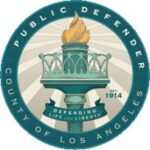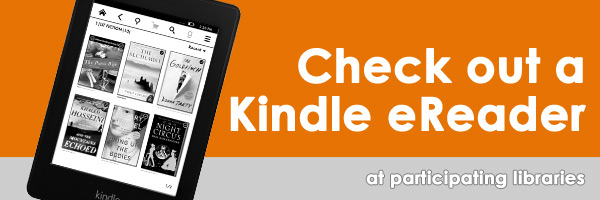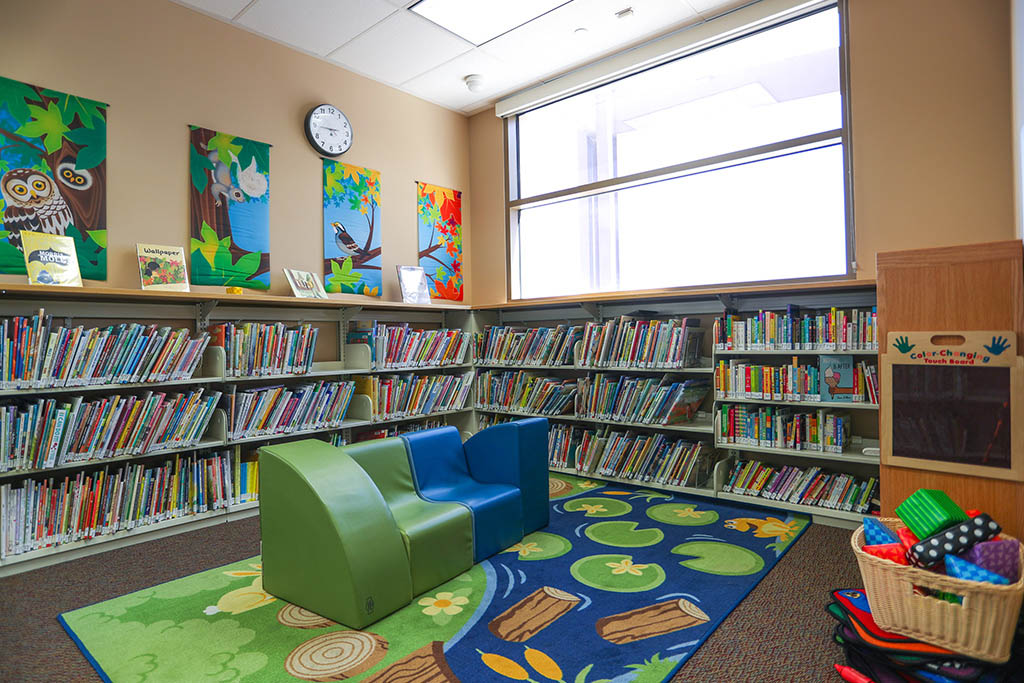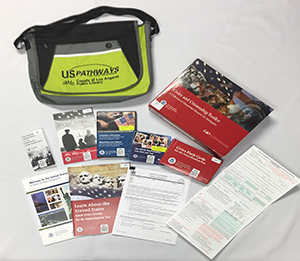Clean Your Record
LA County Library has joined forces with the Los Angeles County Public Defender’s Office to host criminal record Expungement Clinics. This collaboration underscores a shared commitment to community empowerment and supporting legal rehabilitation, by offering hope for individuals seeking to clear their records of prior arrests and convictions. These clinics offer guidance in English and Spanish.
What is Expungement?
Expungement offers a legal pathway to either erase or conceal juvenile court records, though la enforcement and certain federal agencies may retain access under specific circumstances. For adults, this process allows for the dismissal of charges, provided that all probation terms have been satisfied, or in special situations, when it aligns with the interests of justice. Expungement can unlock new possibilities in careers, education, housing, and other areas of life by eliminating the obstacles associated with having a criminal record.
The clinics have already assisted 41 people in clearing their records at previous clinics held at East Los Angeles Library, Huntington Park Library, San Fernando Library, Live Oak Library, and A C Bilbrew Library.
Clinic Eligibility and Requirements
Participants must not be in violation of any law, on parole, or on probation. Attendees are urged to bring pertinent case documents, such as court records and minute orders, to aid the expungement process.
Thanks to our partners

Frequently Asked Questions
Naloxone is a life-saving medication used to reverse an opioid overdose, including heroin, fentanyl and prescription opioid medications. Naloxone can be quickly given through nasal spray (Narcan®) in the nose. Naloxone is safe and easy to use, works almost immediately, and is not addictive. Naloxone has very few negative effects, and has no effect if opioids are not in a person’s system.
(Source: CA Dept. of Public Health)
It is an opioid antagonist. This means that it attaches to opioid receptors and reverses and blocks the effects of other opioids. Naloxone can quickly restore normal breathing to a person if their breathing has slowed or stopped because of an opioid overdose. But, naloxone has no effect on someone who does not have opioids in their system, and it is not a treatment for opioid use disorder.
(Source: National Institute on Drug Abuse, NIH)
Yes, anyone can purchase and/or carry naloxone to help respond to an overdose. It is not just for people with an opioid or other substance use disorder. Having naloxone available allows bystanders to help save lives by preventing a fatal overdose.
(Source: Centers for Disease Control and Prevention, CDC)
Family and friends: If you or someone you know is at increased risk for opioid overdose, especially those with opioid use disorder (OUD), you should carry naloxone and keep it at home.
People who are taking high-dose opioid medications (greater or equal to 50 morphine milligram equivalents per day) prescribed by a doctor, people who use opioids and benzodiazepines together, and people who use drugs, should all carry naloxone. Because you cannot use naloxone on yourself, let others know you have it in case you experience an opioid overdose.
(Source: CA Dept. of Public Health)
Carrying naloxone provides an extra layer of protection for those at a higher risk for overdose. Although most professional first responders and emergency departments carry naloxone, they may not arrive in time to reverse an opioid overdose. Anyone can carry naloxone, give it to someone having an overdose, and potentially save a life. Bystanders such as friends, family, non-health care providers and persons who use drugs can reverse an opioid overdose with naloxone.
(Source: CA Dept. of Public Health)
Yes, naloxone is easy to use and medical training is not required. Check out CDC’s videos on how to use naloxone nasal spray.
(Source: Centers for Disease Control and Prevention, CDC)
Naloxone is a fast-acting drug that can reverse opioid overdose and restore normal breathing within 2-3 minutes. Additional doses of naloxone may be needed for larger quantities of opioids or more potent opioids, like fentanyl. If the person who has overdosed does not respond within 2 to 3 minutes after administering a dose of naloxone, administer a second dose of naloxone. Keep giving additional doses (if available) until they’re alert or until emergency assistance arrives.
What to do if you think someone is overdosing:
- Call 911 immediately. *
- Administer naloxone, if available.
- Try to keep the person awake and breathing.
- Lay the person on their side to prevent choking.
- Stay with the person until emergency assistance arrives.
*Most states have laws that may protect a person who is overdosing or the person who called for help from legal trouble.
(Source: Centers for Disease Control and Prevention, CDC and Substance Abuse and Mental Health Services Administration)
Naloxone nasal spray usually begins working within a few minutes and lasts from 60 to 120 minutes.
(Source: Narcan.com)
Naloxone can (but does not always) cause withdrawal symptoms or unpleasant physical reactions, in people who are physically dependent on opioids. Withdrawal symptoms may include fever, anxiety, irritability, rapid heart rate, sweating, nausea, vomiting, and tremors.
(Source: Centers for Disease Control and Prevention, CDC)
Naloxone won’t harm someone if they’re overdosing on opioids or other drugs, so it’s always best to use it if you think someone is overdosing.
(Source: Centers for Disease Control and Prevention, CDC)
No, naloxone is safe to use and is not addictive.
(Source: Centers for Disease Control and Prevention, CDC)
No, naloxone cannot be taken prior to using drugs to prevent an overdose.
(Source: Centers for Disease Control and Prevention, CDC)
California has no statute requiring minors to obtain parental or guardian consent prior to receiving naloxone. Additionally, Civil Code §1714.22 indicates that naloxone may be distributed to a family member, friend, or other person in a position to assist a person at risk of a suspected opioid-related overdose.
(Source: CA Dept Of Health Services)
No, naloxone is administered to someone after an overdose has occurred. Because the individual who overdosed is likely unconscious and/or their movement and breathing are restricted, they would need assistance.
(Source: Centers for Disease Control and Prevention, CDC)
No, you CANNOT reuse Naloxone Nasal Spray. Each device contains one dose of medication. The device is intended to be sprayed once, in a nostril, and then discarded. Do not test before use.
(Source: Narcan.com)
Storage:
- Follow manufacturer instructions for storing naloxone. Storage instructions may be different. Keep naloxone in its box until ready for use.
- Protect from light.
- Store at room temperature below 77°F (25°C).
- Do not freeze or expose to heat above 104°F (40°C).
- Store in a safe location.
Disposal:
- Unused naloxone: Dispose of unused naloxone at a local pharmacy or through a medicine take-back program. Talk to your pharmacist or contact your local garbage/recycling department to learn about take-back programs in your community.
- Used naloxone: Put the used naloxone nasal spray back into its box. Dispose of
it in solid waste trash.
(Source: CA Dept. of Public Health)
Narcan® nasal spray shelf-life extension: The U.S. Food and Drug Administration (FDA) has approved an extended shelf-life for the nasal spray formulation of naloxone (Narcan® [PDF]) from two years (24 months) to three years (36 months).
(Source: Narcan.com)










